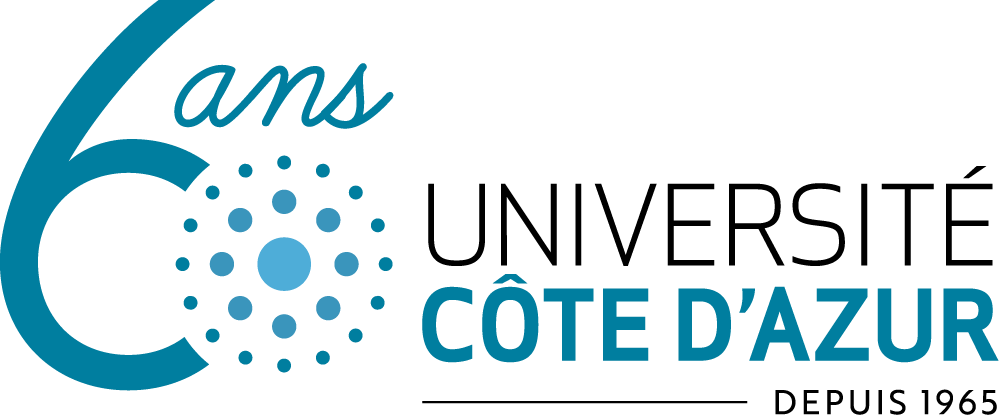Académie d'Excellence "Espace, Environnement, Risques et Résilience"
Physics of Earthquake Rupture and FAULT growth: Multi-scale Modeling of Material failure
How do geological and industrial materials fail, from the tiniest cracks to the largest tectonic faults?
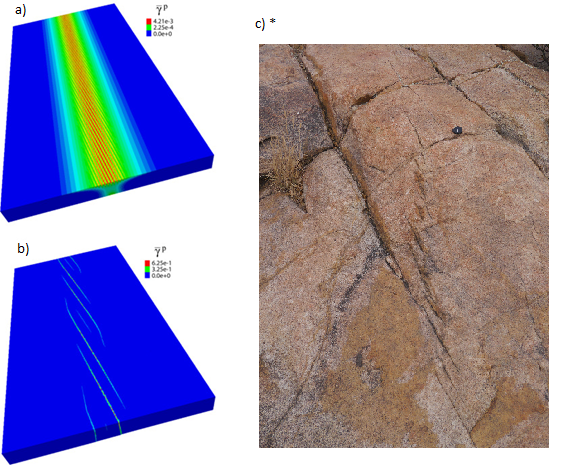
Academy 3 highlight
Earthquakes are a major natural hazard that require transdisciplinary research at the junction between geosciences, material sciences and computational physics. This project, initially focused on great earthquakes and fault growth, will build a collaborative environment and modeling framework that will enable the study of material failure in other contexts.
The project
How do things break? Material failure (commonly called “damage”) poses major hazards in many contexts: industrial (from nanomaterials to nuclear plants, biological materials), environmental (fracture of geological reservoirs, dams, ice-caps) and geological (landslides, earthquakes and causative tectonic faults). Modeling the physics of material failure is an important research goal that poses stimulating scientific challenges. The problem involves a wide range of scales in space and time, from the centimeter scale of laboratory rock samples breaking in controlled conditions to the 1000 km scales of the largest natural earthquakes and faults, and from the few seconds duration of failure during one earthquake to the centuries of formation of large open fractures in concrete or the million years of growth of the tectonic faults that produce earthquakes. What are the relationships between processes at the microscopic and the large fault and earthquake scales? What is the role of short-duration fracture (seconds to minutes) in the long-duration process (years to millions of years) of material failure?
UCA concentrates outstanding expertise in various aspects of the physics of material failure in a close perimeter, which allows transdisciplinary collaborations: geophysics, geomechanics and geology at GEOAZUR; physics of materials at CEMEF; mathematics of complex systems at LJAD; high-performance computing at MSI. The PERFAULT-3M project federates this expertise at UCA to develop models of fracture and damage processes across multiple scales with solid constraints from natural and laboratory observations. The project started recently, and a post-doc researcher will join the team in the fall of 2019 to start developing the first experiments and models.
The +
The new models built in this project will contribute to the generation of earthquake, tsunami and landslide scenarios that can be eventually applied to any region in the world, including the Mediterranean region, Chile and, more broadly, the South America subduction zone. The project outputs will also inform the training of students at various levels and will create synergies between UCA researchers.
What’s next?
The results of this project will contribute to the preparation of ERC Starting and Advanced proposals that should place UCA at the forefront of research in earthquake dynamics and material failure. The project will also launch an international workshop with the aim of becoming a regular venue to advance the topic. The new models should be applicable to various types of material failure, and thus potentially interest industrial partners.
Project information
|
Scientific domain
Geosciences and Environnement
|
Key words
Material failure
Earthquake modeling
Fracture mechanics
Damage mechanics
Friction
|
|
Total budget
174,5 k€ including :
160 k€ from Académie 3; 8 k€ from Académie 2; 6,5 k€ from Académie 1 |
Students inolved
Postdoctoral researcher: Chao Liang (Ph.D. Stanford University), starting in October 2019
5 M2 interns in 2019-2020
|
| Partner laboratories | Project members Jean-Paul Ampuero Stéphane Descombe Daniel Pino-Munoz |
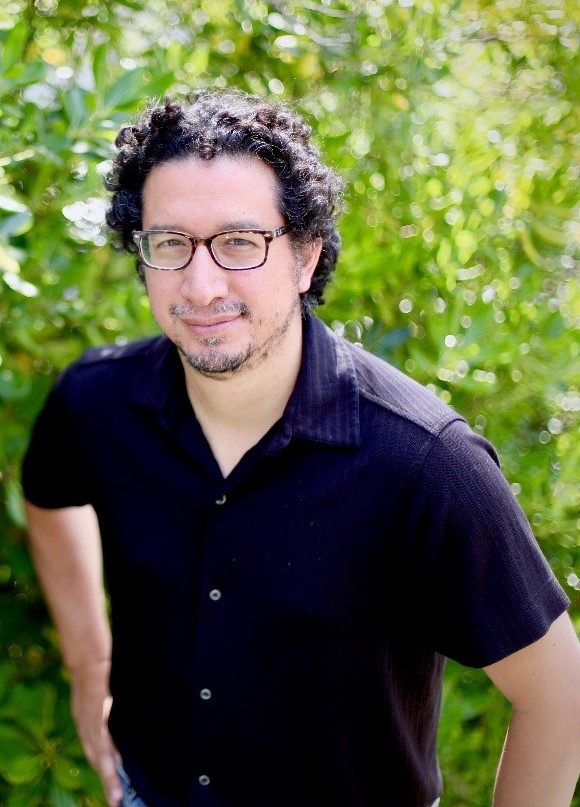
Jean-Paul Ampuero
GEOAZUR, UCA
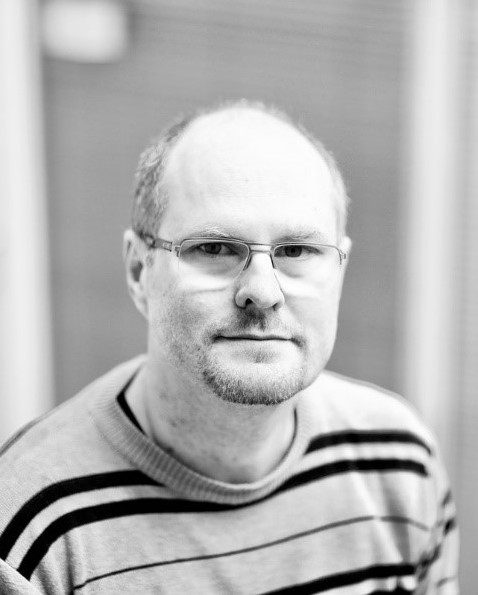
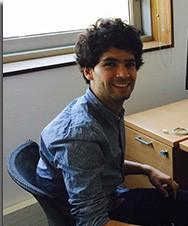
Daniel Pino Munõz
CEMEF, MINES ParisTech
Project valorization
Publications:
- C. Liang, J. P. Ampuero and D. Pino Muñoz (2020), Deep ductile shear localization facilitates near-orthogonal strike-slip faulting in a thin brittle lithosphere, doi:10.31223/osf.io/fp8xq
- B. Idini and J. P. Ampuero (2020), Fault-zone damage promotes pulse-like rupture and rapid-tremor-reversals, doi:10.31223/osf.io/v8xr2
- E. Oral, H. Weng and J. P. Ampuero (2020), Does a damaged-fault zone mitigate the near-field impact of supershear earthquakes? - Application to the 2018 Mw 7.5 Palu earthquake, doi:10.1029/2019GL085649
- S. Preuss, R. Herrendoerfer, T. Gerya, J. P. Ampuero, Y. van Dinther (2019), Seismic and aseismic fault growth lead to different fault orientations, doi:10.1029/2019JB017324
- J. P. Ampuero, B. Idini, J. M. Flores Cuba and B. Idini (2020), On the origin of rupture complexity in damaged fault zones, CRM workshop on Micromechanics, statistics and hazards of mechanical failure
- J. M. Flores Cuba, J. P. Ampuero, E. Oral and B. Idini (2020), Fault damage zones enhance earthquake rupture complexity over multiple cycles, AGU Fall Meeting
- C. Liang, J. P. Ampuero and D. Pino Muñoz (2020), Deep ductile shear localization facilitates near-orthogonal strike-slip faulting in a thin brittle lithosphere, AGU Fall Meeting
- C. Liang, J. P. Ampuero and D. Pino Muñoz (2020), Deep ductile shear localization facilitates near-orthogonal strike-slip faulting in a thin brittle lithosphere, CIG Tectonics Community Science Workshop
- H. Agurto-Detzel, D. Rivet, P. Charvis (2020), Seismic velocity changes in the epicentral area of the Mw 7.8 Pedernales (Ecuador) earthquake from cross-correlation of ambient seismic noise, EGU General Assembly
- S. Preuss, J. P. Ampuero, T. Gerya and Y. van Dinther (2019), Seismic rupture on propagating faults: off-fault fan, splay faults and wing cracks, AGU Fall Meeting

